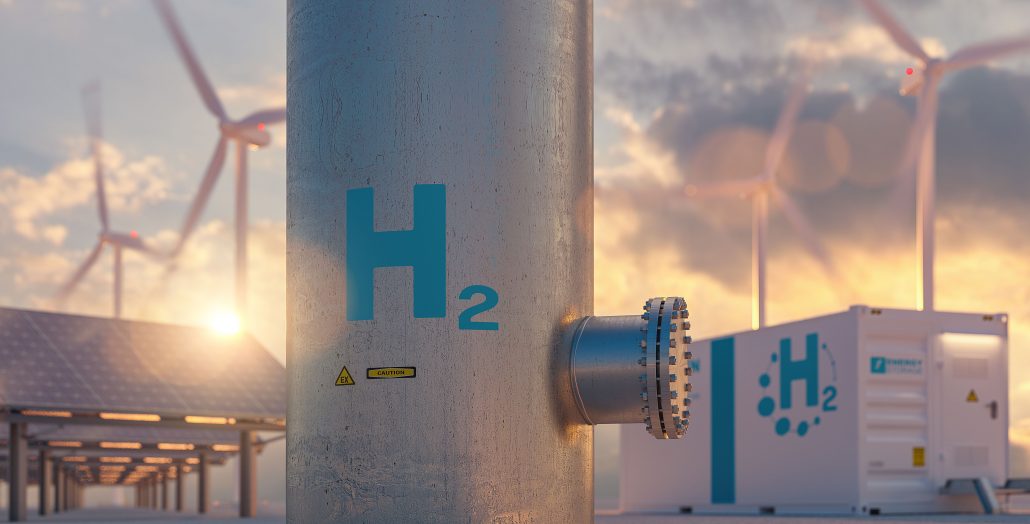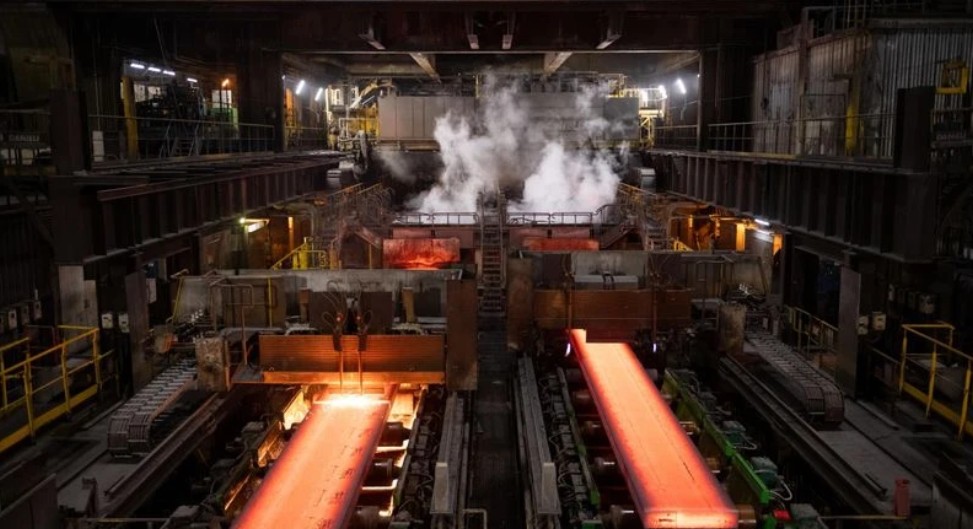
The potential of hydrogen to replace fossil fuels in various industries, including steel production, is gaining attention. However, the Institute for Energy Economics and Financial Analysis (IEEFA) has raised concerns about the feasibility of using blue hydrogen to reduce steelmaking emissions.
Blue Hydrogen’s Challenges in Steelmaking
In a January 21 post, Soroush Basirat from IEEFA highlighted several issues that could hinder blue hydrogen’s ability to decarbonize steel production. Blue hydrogen is produced from fossil gas combined with carbon capture and storage (CCS) technology. While companies like POSCO, Thyssenkrupp, and Salzgitter have explored using blue hydrogen in ironmaking, Basirat argues that it may not significantly reduce emissions or help steelmakers stay competitive in the race to decarbonize.
One of the main concerns with blue hydrogen is its dependence on CCS technology. Despite nearly five decades of development, CCS projects have consistently underperformed in capturing carbon dioxide (CO2) at the scale needed. Furthermore, Basirat points out that methane, the largest component of fossil gas, has a much stronger warming effect than CO2, and methane leaks during gas production and transportation are often underestimated, exacerbating blue hydrogen’s emissions problem.
Basirat also cites the challenges faced by major oil and gas companies, such as Shell and Equinor, which have abandoned blue hydrogen projects due to regulatory difficulties and lack of demand in Europe.
Green Hydrogen as a Viable Alternative
Green hydrogen emerges as a superior alternative to blue hydrogen, offering a more sustainable and adaptable solution for decarbonizing industries. Unlike blue hydrogen, which faces substantial hurdles, green hydrogen, produced using renewable energy, allows for incremental development. This approach effectively mitigates investment risks over time.
The Institute for Energy Economics and Financial Analysis (IEEFA) indicates that green hydrogen can meet stringent emission targets in key regions. These regions include North America, Europe, Japan, and South Korea. Investing in fossil fuel-based hydrogen production risks locking investors into outdated technology. This would impede the transition to greener alternatives.
IEEFA concludes that green hydrogen provides a more sustainable and flexible method for decarbonizing sectors such as steel. Therefore, prioritizing green hydrogen aligns with long-term environmental goals.











Leave a Reply
You must be logged in to post a comment.